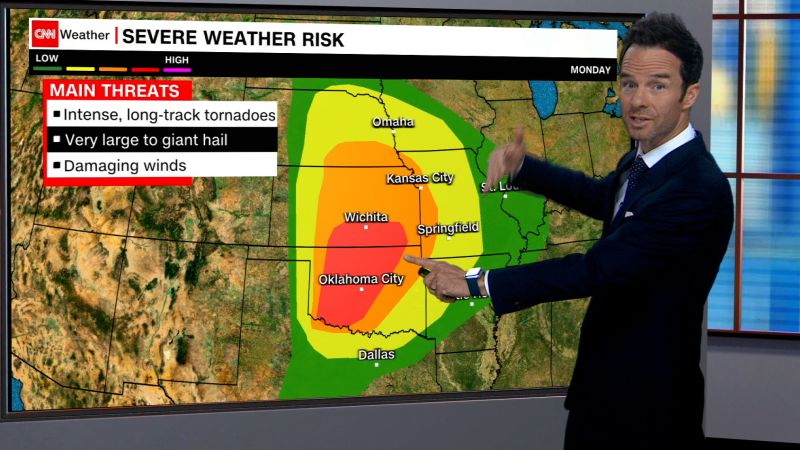I know some people (mostly Democrats) like to blame a too-pessimistic media, or Republicans rooting for President Biden to fail, or somesuch. Whatever you make of those complaints, they are unlikely to explain why Wall Street analysts — who are not exactly bleeding-heart liberals, and who are also paid to get these numbers right — have been so off, and almost always in the same direction.
I’ve previously written about several possible theories. Today, let’s focus on a couple of factors that might be driving the unexpected strength in the job market. I’m referring to two groups of workers who have themselves been underestimated: immigrants and women.
Early in the pandemic, immigration plummeted. Borders closed, and the Trump administration used the public health emergency as an excuse to make unusually draconian changes to legal immigration that Team MAGA had long been yearning for. Even well into the Biden era, persistent immigration agency dysfunction made it hard for legal immigrants already here to work.
But a lot of those administrative hurdles have since been removed.
Today, trends in legal immigration have largely normalized, and the numbers of immigrant workers in the United States have more than recovered. You can see this in the labor market data: Employment levels for native-born Americans are just a touch higher than in February 2020, when the pandemic recession began (up on net by 0.3 percent); among foreign-born workers, employment has shot up by 9.3 percent.
To be clear, immigrants remain a small share of the labor market. They account for less than one-fifth of employment overall. But they are more than punching above their weight in this recovery, particularly as (disproportionately older) native-born Americans retire. Increased immigration may be helping resolve some other economic challenges, too. It’s unclear how many forecasters have been incorporating these improvements in the functioning of the immigration system into their models.
Another group unexpectedly punching above its weight: women.
You may recall that back in 2020 there were many stories about the “shecession,” the idea that women were bearing the brunt of the pandemic downturn. This was related to a combination of factors, including that many public-facing, covid-sensitive industries are more likely to employ women (food service, hair salons) — as well as the fact that school and child-care shutdowns disproportionately disrupted the lives of working mothers. Some commentators (myself included) worried that these disruptions might set working women back a generation or more by knocking them off the career trajectories they had been on.
Three years later, the opposite seems to have happened.
Consider what has happened among women considered “prime working age” (ages 25 to 54 — i.e., after traditional college-going years and before most retirements). The share of these women in the labor force, as well as the share actively employed in a job, is at an all-time high. Many women have endured grief, loss, burnout; but, as a group, rather than being economically scarred by covid, female workers seemed to have emerged stronger than ever.
The same is not true for men. Men are still more likely to be in the labor force than women are, but the share of prime-working-age men in the workforce still hasn’t matched its February 2020 peak. It is also far below historical highs.
I have some theories about why female workers have had such a strong comeback, which I’ll write about in a subsequent piece.
To be sure, there are reasons to fear that all those pessimistic forecasts we’ve heard for months — about more layoffs, and possible recession — haven’t been wrong, exactly. They may just have been early. Those dour predictions are partly a product of the sharp interest rate hikes and tightening financial conditions we’ve seen recently. These factors historically have been followed by recessions. We may not have yet seen their full effects this time around, and there are signs of financial stress emerging.
In the meantime, though, let’s celebrate the underdogs helping supercharge our economy to date.







More News
Zendaya, Bad Bunny and a Threat of a Picket Line at the 2024 Met Gala
What to Know About Xi Jinping’s Trip to Europe
A Fresh Approach to a Crisis